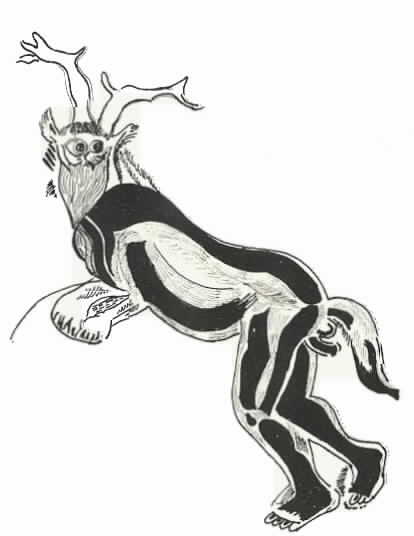The first traces of poetic mind
begin in darkness: a mystery of figures – sorcerers or shamans – on a journey
into hidden places, beyond the boundaries of light & human dwellings. It is in the depths of those caves – 30,000
years in the past – that we get the first glimmers of a move toward the
recording of memory & an active
imagination that frees such memory & brings it into a new
configuration. But it is the mystery
that taunts us most: what brought him/them into that darkness, that loneliness,
to fill it with figures from the outer world, the shapes largely of animals,
seen here in torchlight or not seen at all.
There would seem to be a testing in all this – & a magic that the
night enhances – in a place forever night.
In a rush of images – in the search for answers – the Aztec definitions of cave & precipice
come back to us:
It becomes long, deep; it widens, extends, narrows. It is a constricted place, a narrowed place,
one of the hollowed-out places. It forms
hollowed-out places. There are roughened
places; there are asperous places. It is
frightening, a fearful place, a place of death.
It is called a place of death because there is dying. It is a place of darkness; it darkens; it
stands ever dark. It stands
wide-mouthed, it is wide-mouthed. It is
wide-mouthed; it is narrow-mouthed. It
has mouths which pass through.
And again:
It is deep – a difficult, a dangerous place, a deathly
place. It is dark, it is light. It is an abyss.
The human images are few here, yet
the one at Trois Frères, dances toward us, man & beast at once, as the cave
behind him leads – ineluctably – to the underworld, the subterranean realm that
holds secrets more potent than the upper earth or sky. And it is here too that the first writing –
drawing – takes place, “in the dark” as Duncan
in
the dark this state
that knows nor sleep nor waking, nor dream
– an eternal
arrest.
The dancer – sorcerer or shaman –
becomes our emblem for the work to come.




No comments:
Post a Comment